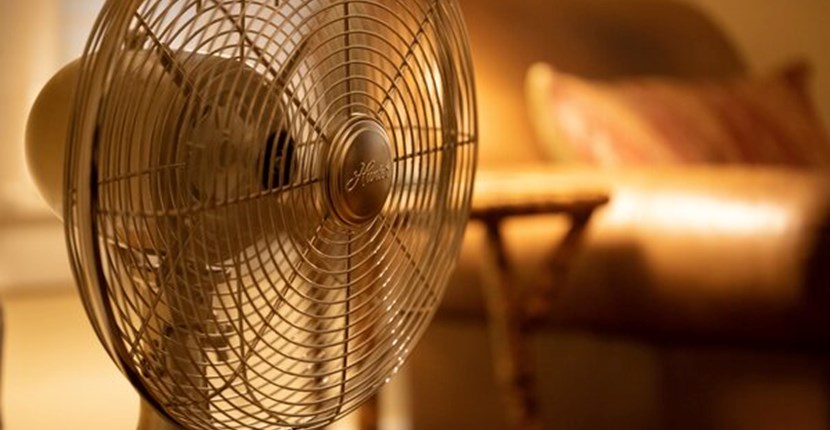Posted on 11 02 2022
Improving the air you breathe

Improve the air you breathe
For many of us, home is no longer the place we return to after work - it’s where we work. As we’re spending so much time in our homes, it’s more important than ever to pay attention to the air we’re breathing.
You need good ventilation to remove pollutants such as excess moisture, volatile organic compounds (VOCs) and carbon dioxide (CO2) from your home. These pollutants come from household activities such as cooking, cleaning, and heating, as well as habits like smoking.
How’s the air in there?
There are plenty of poorly ventilated homes in New Zealand and if one of your yearly chores is cleaning mould off your bathroom ceiling, yours is probably one of them.
Effective ventilation is especially important as new houses become more airtight. If your home is new, it may have a mechanical ventilation system. If it doesn’t, there are ways to improve air circulation and boost the quality of your air without costly installations.
A passive approach
Passive ventilation, used in conjunction with a rangehood and bathroom extractor fans, is a low-cost and environmentally friendly way to get the air moving and help control the temperature in your home.
Passive ventilation involves opening windows and doors to draw fresh air in and push stale air out. It works best if you can open a low window on the cool side of the house and a high window on the warm side, with a reasonably direct and uninterrupted path between them.
Horizontal openings are more effective than vertical openings at creating cross-ventilation. A shorter distance between the windows will produce a stronger airflow. If you’re worried about letting hot air into your home, you can relax because it won’t stay there – it will be pushed out as air flows through the space.
Join the fan club
Regardless of how well passive ventilation works at your place, you’ll still need air extractors in rooms where a lot of moisture is produced – kitchen, bathroom, and laundry. You could also supplement the passive cooling with pedestal fans, which work wonders if you use them in the right way. Since a fan moves air around rather than cooling it, where you put it matters.
Use your fans to create a cross breeze to circulate cooler air and push hot air out. Find the coolest part of your house and angle the fan towards the hottest part of your house. This should help draw in cooler air from one side of the house and push the hotter air out.
Night moves
If you’re drawing hot air out of your home during the day, you’ll really feel the benefit of cooler air wafting through in the evening.
Open your windows at night and the incoming air will whisk the last of the day’s stale air out and give you a healthier and more comfortable sleep.
Use these ventilation tips to improve the quality of the air you breathe at home, and you’ll improve your health. If you work from home, you’ll be more productive too!
If you’d like more information or advice about ventilating your home, our team of experts at Greenside are always happy to help. Get in touch with us today to book a home energy assessment - and start breathing a little easier.